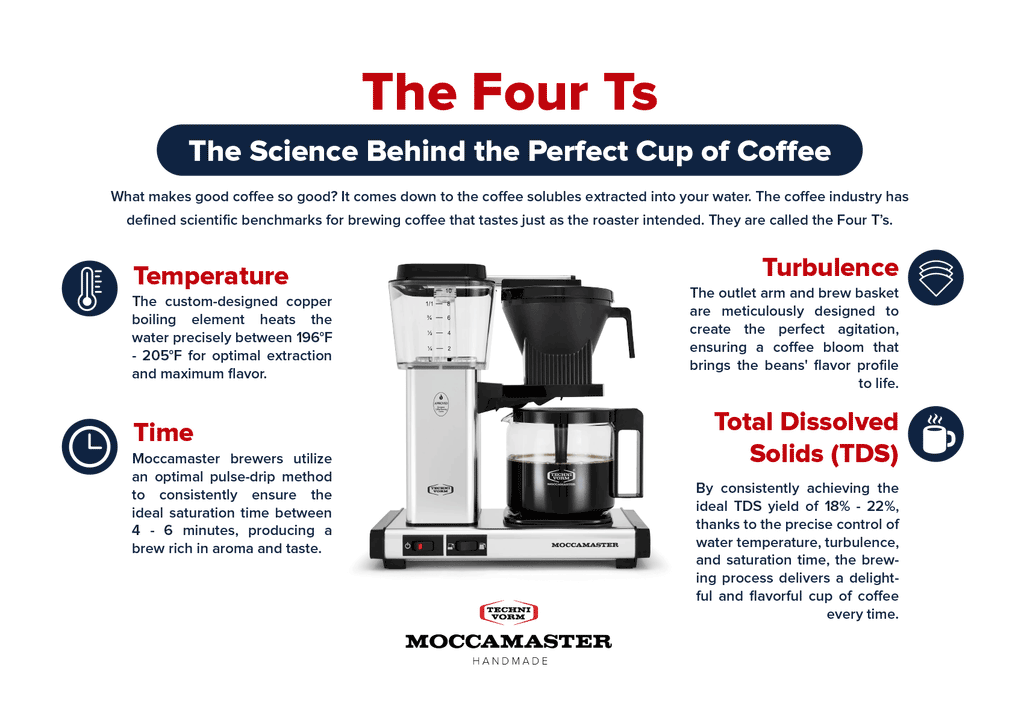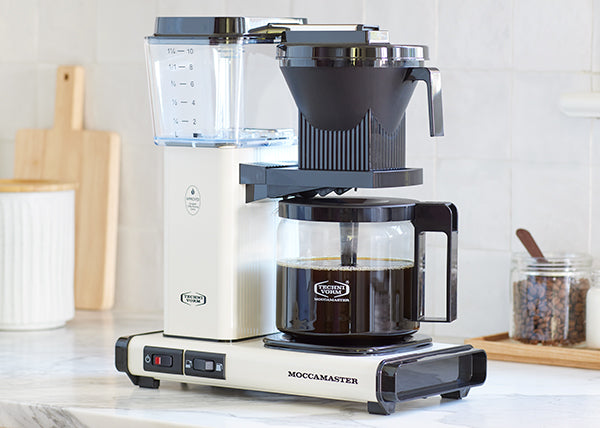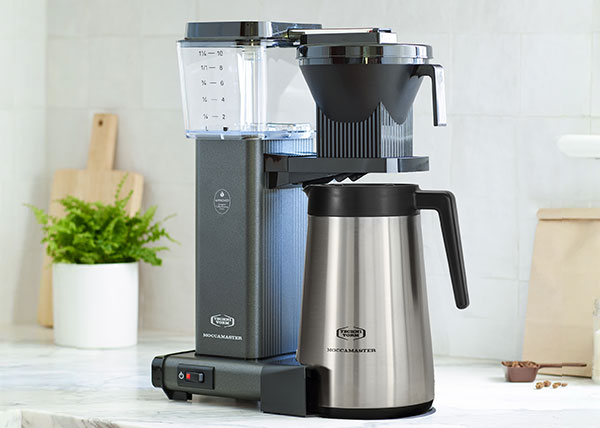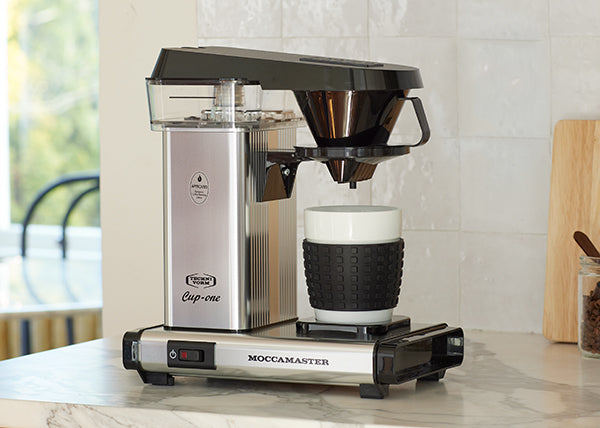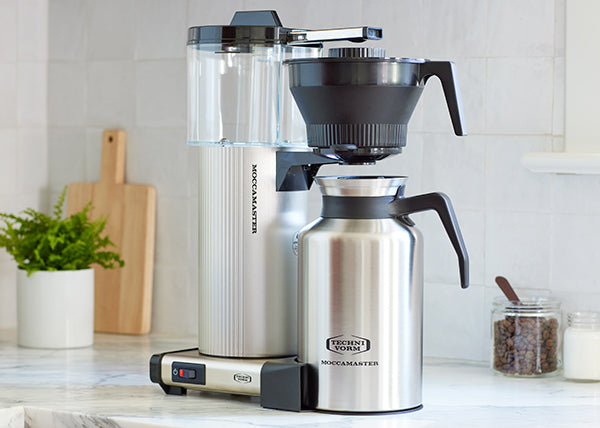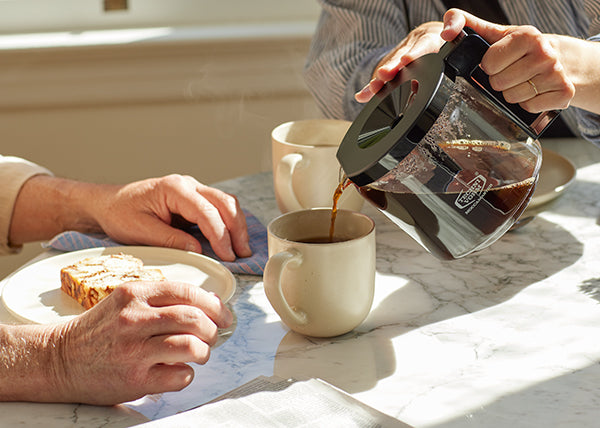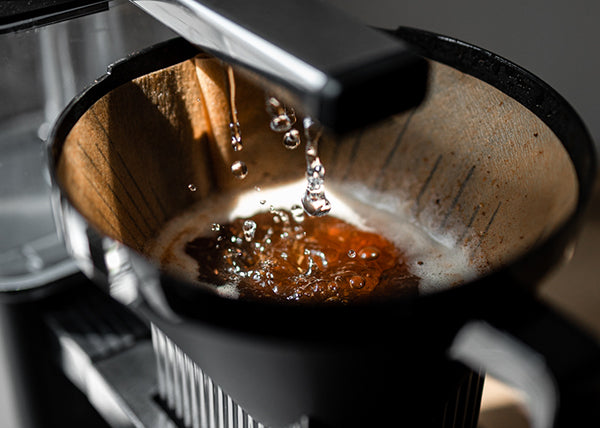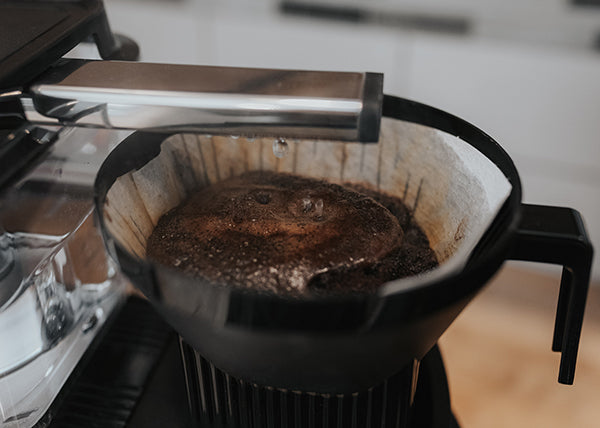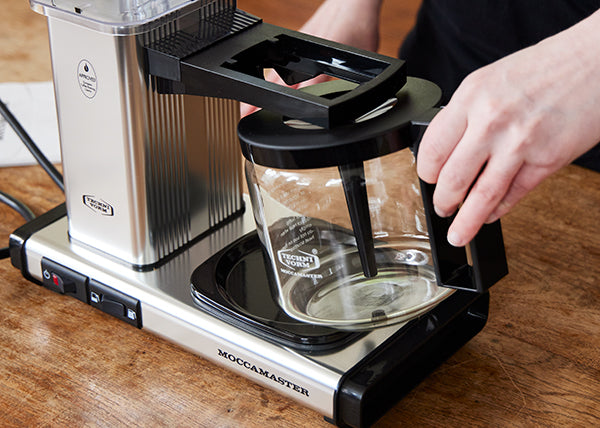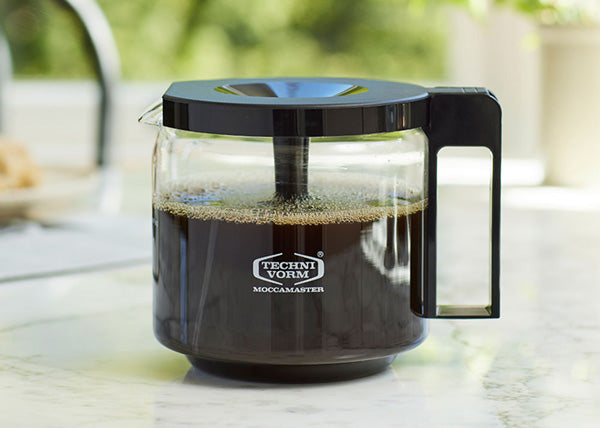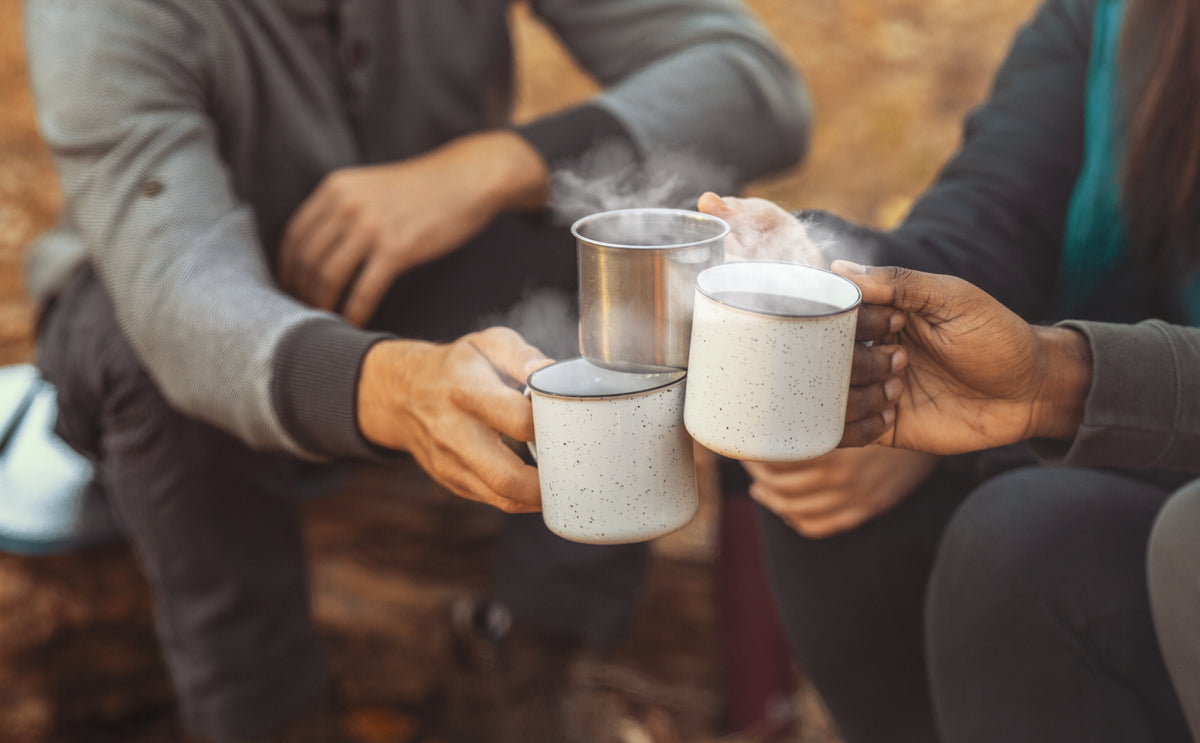While it is true that the Moccamaster makes a perfect cup of coffee, a little bit of knowledge goes a long way to achieving perfection.
If you were to ask any two people what a perfect cup of coffee tastes like, you’d likely get two different answers because tastes are subjective. With that in mind, it’s important to look at perfection both objectively and subjectively.
When we say that a Moccamaster produces a perfect cup of coffee, we are speaking about specific measurements as determined through scientific testing. This objective method can be measured and relied upon consistently. When these variables are all met, we are assured of a perfect cup of coffee, objectively. The bulk of these elements are handled by the Moccamaster.
The Four T's
The first set of objective measurements come down to the four T's: Time, Temperature, Turbulence and Total Dissolved Solids. These are the foundations of the objective approach in achieving the perfect cup. You can read more about them here. The Moccamaster brewer is designed to achieve these attributes the same every time, taking the guesswork out of the four most important aspects of a perfect cup of coffee.
Grind Size, Ratio, and Water Type
The other three objective qualities that determine a perfect cup are grind size, water-to-coffee ratio and the water itself. Unlike the four T's, these elements are in your hands.
First up - grind size. When brewing with a Moccamaster, we recommend a medium-coarse grind, like sea salt or rough sand, which falls between 500 - 800 microns. Read more about the importance of coffee grind size.
Next, you’ll want the formula of water-to-coffee dialed in. The industry standard for optimal flavor is two tablespoons of coffee for every 6 oz of water – or 55 - 60 grams of ground coffee per liter. Click here for more details.
When it comes to water, the basic rule is simple: if it tastes good to drink, it will make good coffee. We recommend fresh tap, filtered or bottled water, and caution against reverse osmosis water or distilled water as either can damage the Moccamaster’s copper boiling element. Read more here.
Get to Know Your Coffee Beans
Now that we’ve addressed the objective qualities of a perfect cup of coffee, let’s discuss the actual coffee itself. No two coffees are the same, and no two people will enjoy the same coffee the same way. Where someone might love a dark robusta, another may love a light roasted excelsa. This is where the subjective nature of perfection comes in to play.
There are an almost infinite array of variables that make up every bag of coffee you have ever purchased, from source to type, roast to process, single origin to blend.
The journey of understanding the diversity of coffee is a long one, and not something we’ll be able to cover in a single post. But some basic understandings of coffee can help you find that perfect cup. We’ll look at the two biggest factors: coffee type and roast level.
There are many varieties of coffee, but the four most common varietals of coffee beans are robusta, arabica, liberica, and excelsa varietals. Each have their own unique properties.
Robusta is one of the most common bean types and is named after its resilience, as well as its strong, sometimes bitter and acrid flavor profile. Often tasting of burnt rubber and chocolate, robusta beans have low acidity and high levels of caffeine and are often used in bulk coffees and blends. They are smaller and rounder in size. Their popularity can be attributed to their exceptional resilience, as they are easier to grow in many climates. Robusta beans are mostly grown in Africa, Asia and Brazil.
Arabica is also a very common bean varietal and one of the most popular in specialty coffee throughout North America. Arabica has a sweeter, delicate flavor and tends to be less acidic. Arabica coffee's roots trace back to Ethiopia (often hailed as the birthplace of coffee). These days, arabica beans are sourced primarily in tropical, high elevation regions like Latin America, Indonesia and Brazil.
Liberica beans are some of the rarest coffee beans and have a unique aroma, with floral, fruity, woody taste. They are a native bean to western and central Africa, but became naturalized in the Philippines, Indonesia, and Malaysia.
Finally, the rarest of these four varietals is excelsa. Technically a member of the liberica family, these beans are grown mostly in Southeast Asia and account for only 7% of the world’s coffee circulation. These beans have a tart, fruity body. Once used mostly in blends, excelsa beans have become somewhat popular in the specialty coffee world in recent years as a small batch, single origin coffee.
Roast Levels
Now that you are familiar with the different types of coffee beans, it’s crucial to understand roast levels. Each roast has a taste profile and contrary to what some think, roast has little to do with the caffeine levels.
Simply put, roast levels come in three degrees: light roasts (light city, half city, and cinnamon roasts), medium roasts (breakfast, full city, and regular roasts) and dark roasts (high, Italian, and French roasts).
Light roasts have no oils on the surface of the coffee beans and have a milder flavor profile and lower acidity.
Medium roasts can sometimes have surface oil, but not always. They are darker in color and have a stronger flavor profile. Medium is one of the most popular roasts in North America.
Dark roasts are shinier, with some surface oils (due to the roast activation of the bean) and have a strong, full-bodied taste compared to the other bean roasts.
Time to Experiment
Now that you understand both the objective and subjective qualities that result in your perfect cup of coffee, it’s time to experiment! Try a selection of different coffee bean varieties and experiment with your roast level. Find the coffee that tastes best to you and have fun!
Your Moccamaster will handle the science so you can ensure that when you find that perfect flavor, you’ll be enjoying it exactly as the roaster intended.
Happy brewing!
